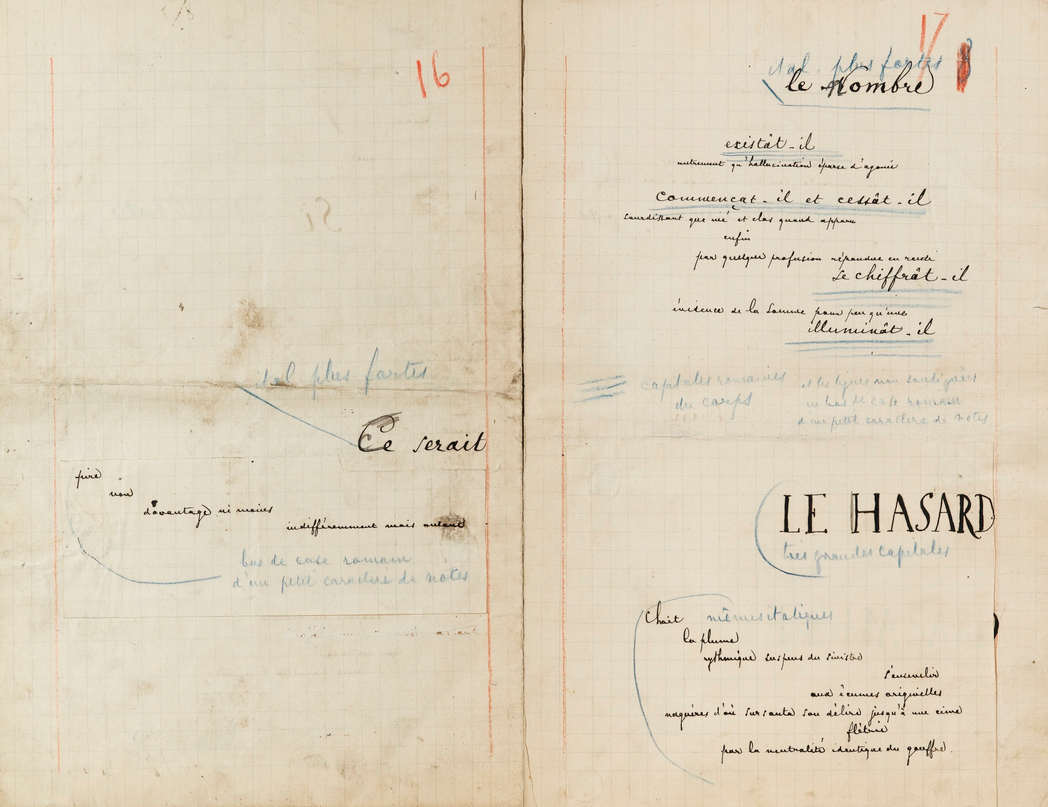Elastic Esthetics
A Comparative Media Approach to Modernist Literature and Cinema
Opening paragraph
This dissertation reconsiders the work of three modernists: Gustave Flaubert, Stéphane Mallarmé, and D.W. Griffith. It compares their dream for a supreme yet egalitarian art across media (prose, poetry, early cinema) and aimed at different publics (middle, high, low). Elasticity comprehends multiple meanings that point toward a new understanding of Modernism and a new kind of formalist criticism. In a cultural sense, modern innovations depended on this quality of flexibility to cope with the intense congestion of physical, social, and intellectual spheres. In an abstract sense, elasticity depicts freedom as play within a continuum. In terms of criticism, it signifies how composition adapted media in specific ways to cultivate complex ambiguity; three parts of the dissertation examine the elastic registration of Flaubert’s ¶ (paragraph joint/break), Mallarmé’s elastic verse, and Griffith’s elastic space composition. These concepts challenge received accounts of modernist form as fragmentation, rupture, or hermetic abstraction. The dissertation has a meta-critical focus on post-1945 French theorists and their American heirs in Film Studies. It reveals how their anti-referential and de-centering esthetics were inflected by fundamental beliefs about death and materiality. Meanwhile it recovers the Romantic Idealism and Progressivism of works from the 1848-1914 period. The main texts considered are Flaubert’s posthumous novel Bouvard et Pécuchet (1881), Mallarmé’s 1860s correspondence and his criticism after 1884, and Griffith’s Biograph short films from 1908-1909. These modernists were transcendentalist in Charles Taylor’s sense of seeking a goal beyond human flourishing. Their artistic mysticism tended away from doctrine and toward complex compositions designed to invite hermeneutic discovery. The philosophy of Charles Peirce provides a counterpoint to post-1945 theories predicated on Saussure’s conception of the sign as an arbitrary position in a differential system. Peirce’s premise that all experience is mediated through logical relations begins to elucidate these artists’ investment in the Idea and in Conscience.
